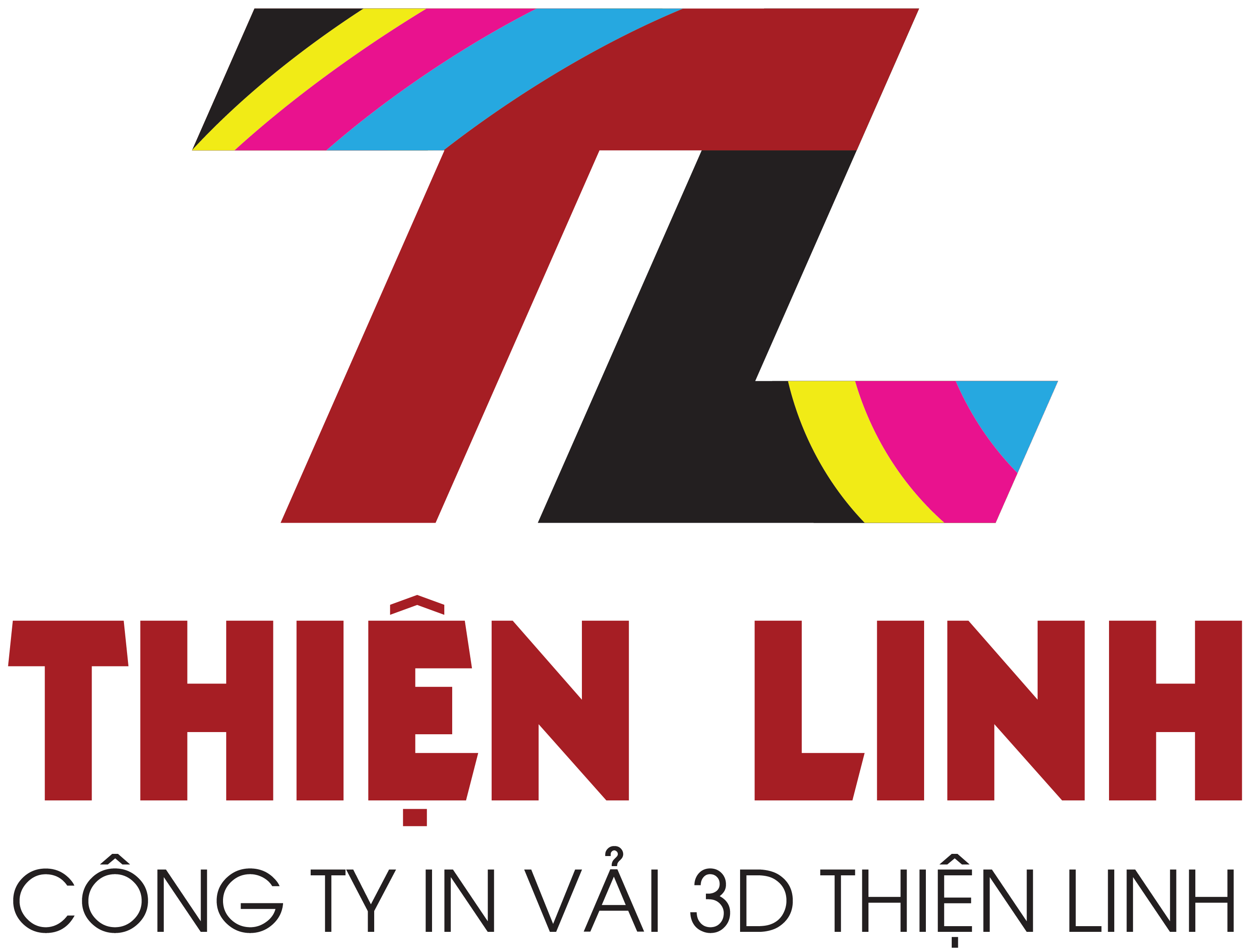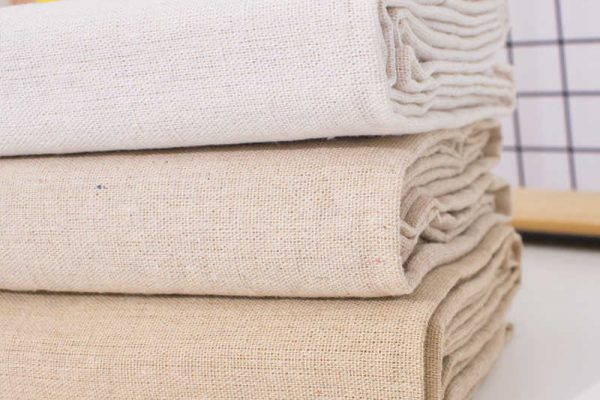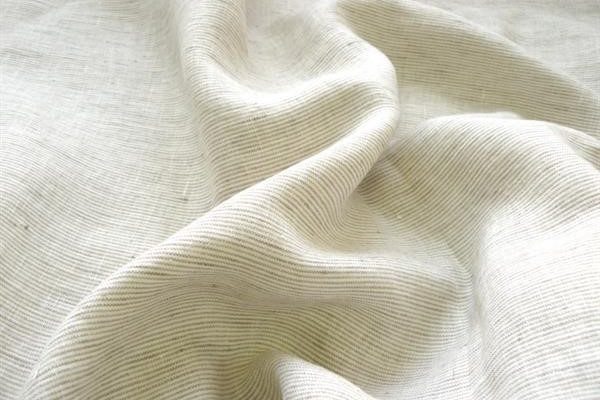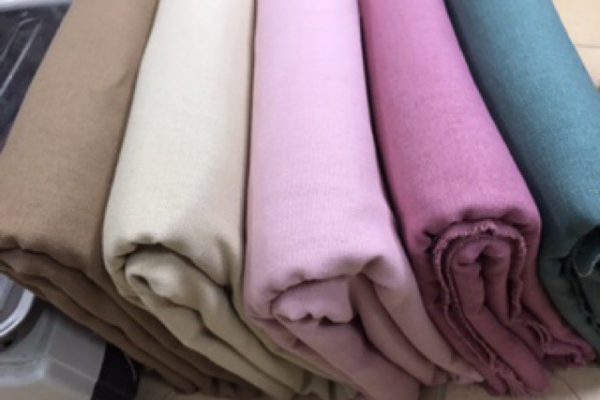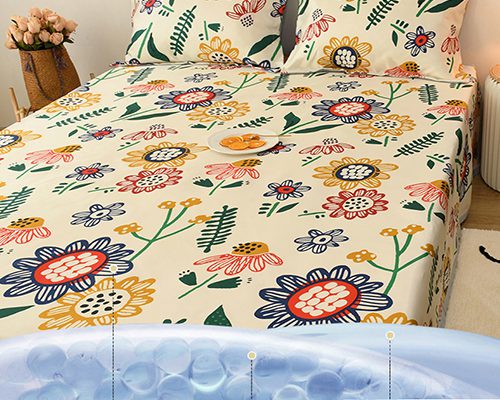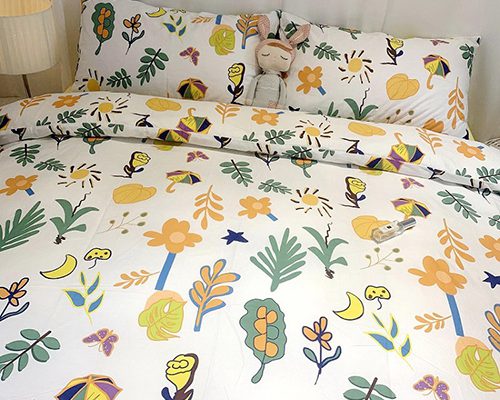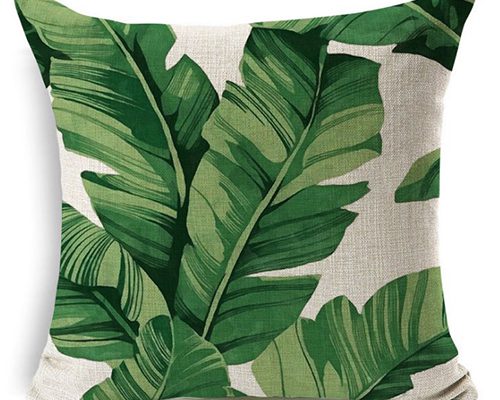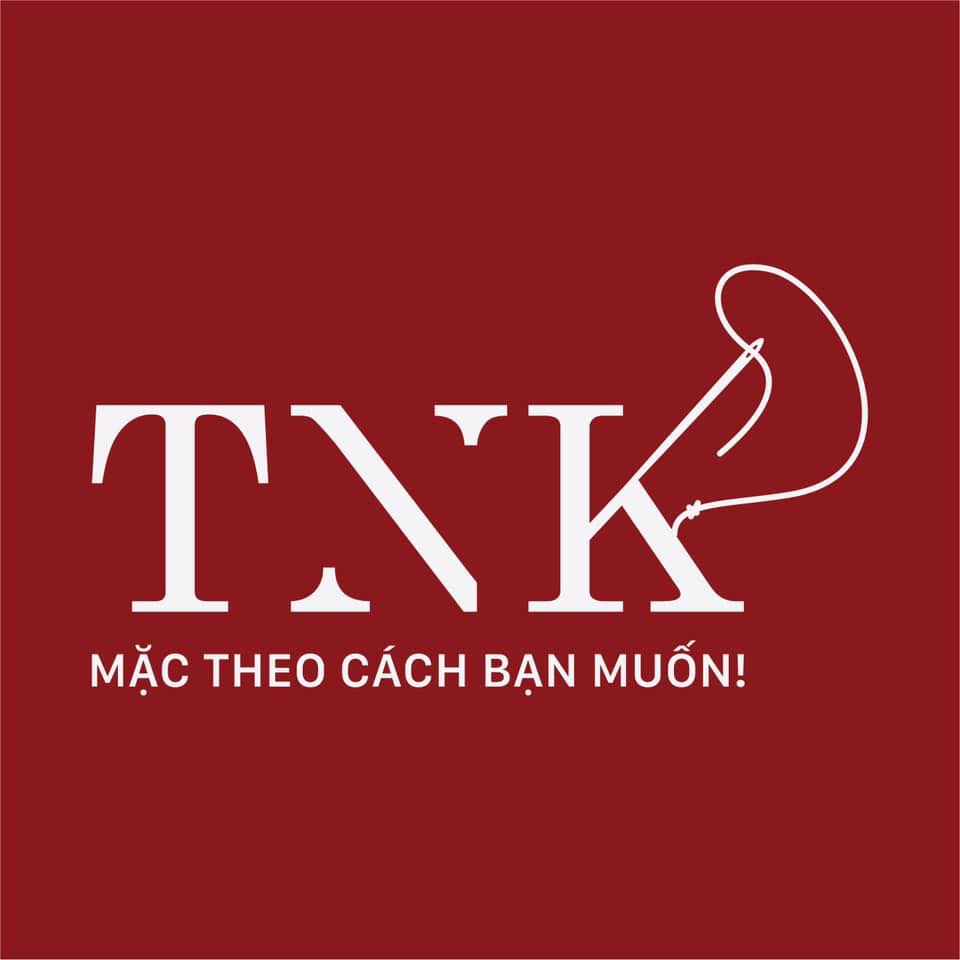Can GLP-1 Drugs Like Ozempic and Wegovy Help You Drink Less Alcohol?
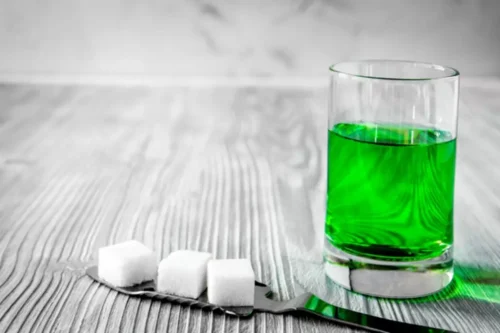
Baclofen is a relatively new medication for AUD and has shown promise in some clinical trials.18 In other countries, baclofen is approved as a treatment for alcohol dependence. Acamprosate helps normalize brain chemistry, which reduces cravings. Doctors prescribe acamprosate after a person is finished with withdrawal. The drug may not be effective if you take it while drinking alcohol, according to the Substance Abuse and Mental Health Services Administration. In addition to blocking the pleasurable effects caused by alcohol, naltrexone can curb cravings for the substance.
Medications to Stop Drinking Alcohol
In the past 20 to 30 years, other medication options—including naltrexone and acamprosate—have emerged. Both of these drugs are FDA-approved, and neither works by making you ill when you drink. MAT is highly effective in treating AUD, significantly improving long-term recovery rates.

Best FDA-Approved to Help You Stop Drinking
But, they say there is a strong potential for it to become another effective tool to help treat this disorder. One drawback is that you must take two pills three times every day. “If you don’t like taking pills, you already take too many pills, or you aren’t good at remembering to take pills, then this would be a tricky one,” he says.
- In other words, what works for a friend won’t always work for you.
- The medications’ effectiveness varies between individuals because no two individuals are exactly alike.
- Meditation, practiced on your own or via guided meditation, can help you learn to react less to alcohol cravings (8).
- Although the available evidence is mixed or lacking in humans, the following natural supplements, herbs, and vitamins might help curb alcohol cravings (5, 6, 7).
Naltrexone for Alcoholism
People treated with Vivitrol for alcoholism experienced a reduction in cravings that equaled out with those not treated with Vivitrol by about day 8 of treatment, thereafter the level of cravings were not different. A doctor or psychiatrist can offer more information and help you explore possible treatment plans. There are three medications that the FDA has approved to treat AUD. They may be able to help someone achieve sobriety and maintain recovery.
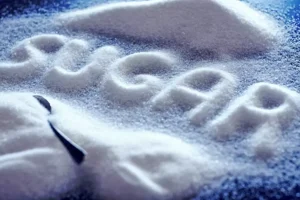
2. Gabapentin
Other medications, including varenicline and baclofen, may be beneficial in reducing heavy alcohol use. Antidepressants do not decrease alcohol use in patients who do not have mood disorders, but they may help patients who meet criteria for depression to decrease their alcohol intake. Systematic policies are needed to expand the use of medications when treating alcohol use disorder in inpatient and outpatient populations. Study participants will remain in the trial for 4 weeks (at least 2 weeks as an inpatient) and will be followed up at 3, 6 and 12 months postrandomization. Antidepressants have been commonly used in all substance abusers due to the potential effect on some underlying mechanisms involved in substance use disorders and to treat comorbid depression. Any health care provider who is licensed to prescribe medicine can prescribe naltrexone — not just mental health professionals or addiction specialists.
As a peptide, opioid can stimulate inhibitory GABA neurotransmitter of interneuron in ventral tegmental area (VTA or area of Tsai, or A10), resulting in acting on A10 DA neurons. More detailed description is as followed in subtitle 6.2 of this article. The mechanisms of action of the above‐listed anticraving drugs in treating AUD patients have captured fascination and imagination of many investigators in the field. The readers are advised to refer to original publications for more detailed explanations.
- A healthcare professional may prescribe disulfiram to people who cannot take acamprosate or naltrexone.
- Both of these drugs are FDA-approved, and neither works by making you ill when you drink.
- Both drugs contain the same active ingredient, semaglutide, which belongs to a class of drugs known as GLP-1 (aka “glucagon-like peptide 1”).
- Alcohol cravings are caused by psychological and physical factors that form triggers that tempt you to drink.
In the United States, reduce alcohol craving three drugs are approved by the Food and Drug Administration (FDA) for the general treatment of alcohol use disorder (AUD), including cravings (2). A physician or other qualified healthcare provider can assess whether one of the following medications can help you. She was cut off the chance of alcohol drinking weekdays and the weekend due to her taking disulfiram in the morning weekdays.

Like naltrexone, acamprosate seems to work best for people who are able to stop drinking before starting treatment. Acamprosate (Campral) eases withdrawal symptoms — such as insomnia, anxiety, restlessness, and feeling blue — that can last for months after you stop drinking. This drug may be a good choice when someone has gotten an ultimatum from their family, an employer, or the legal system about their alcohol misuse. “You can commit to taking Antabuse every day while the other person watches,” he says. She and other scientists have published nearly a dozen studies showing how these drugs stop binge drinking in rats or mice, prevent relapse in “addicted” animals, and overall decrease their consumption of alcohol.

He knew the side effects could be rough, including nausea, constipation and diarrhea. But he thought it would be worth it if he could stave off further heart problems by losing the extra weight. “I felt like my weight was getting out of control,” says the 73-year-old retiree, who lives on a ranch in Oklahoma. “I had to start taking all these medications that I never had to take before. I actually felt pretty depressed about my health.”
